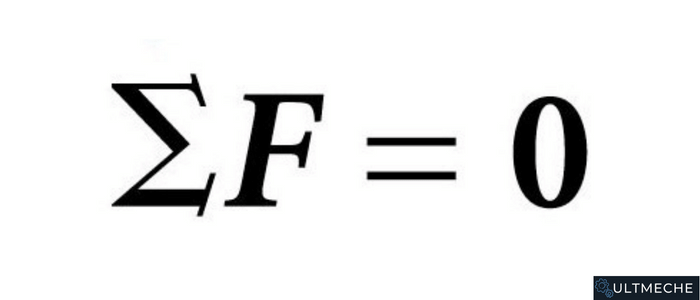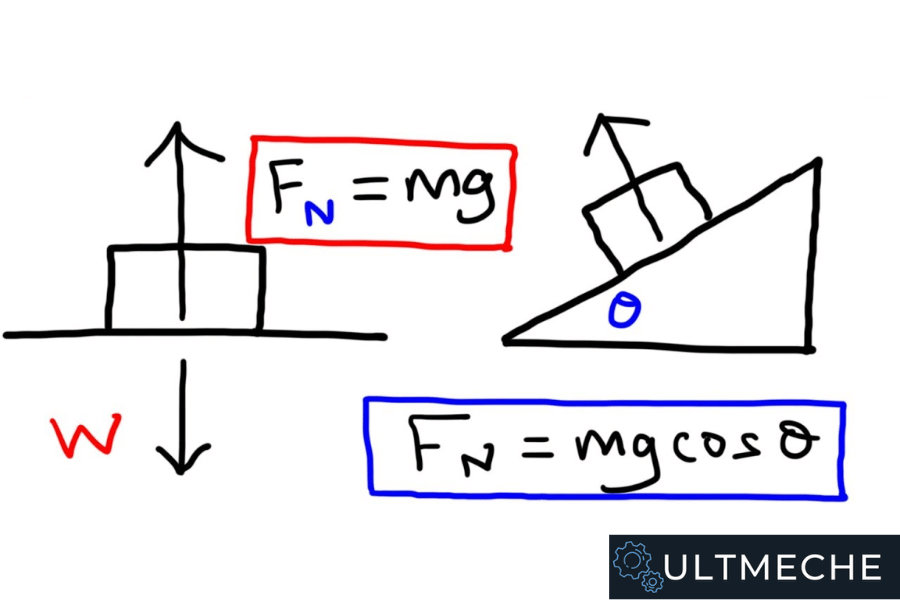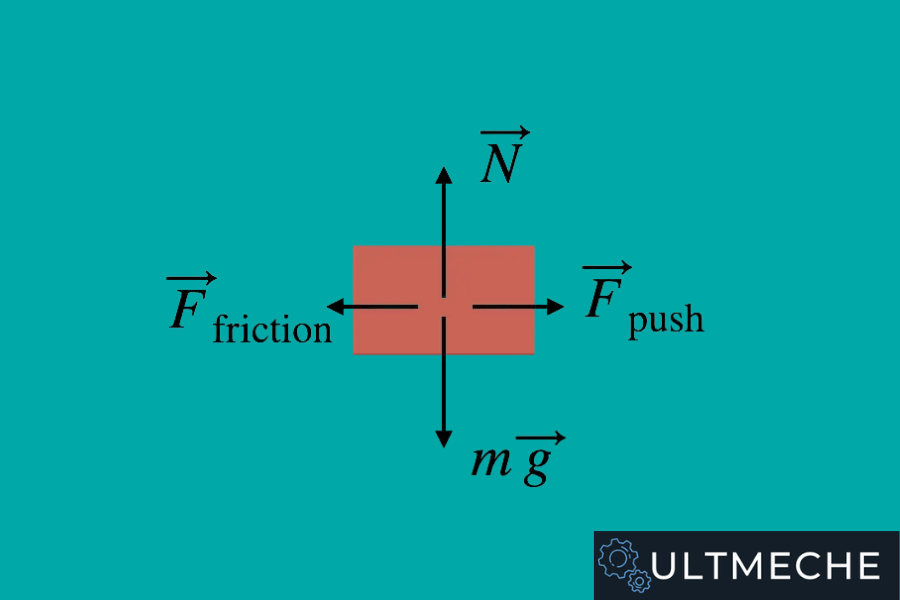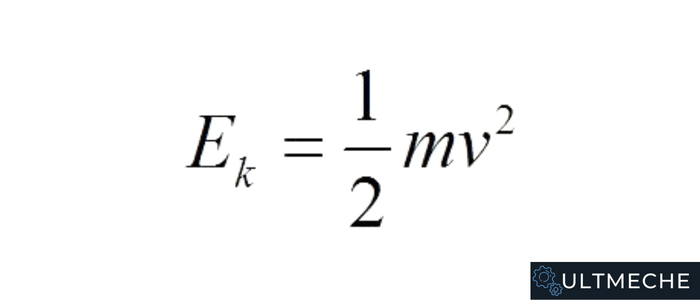One of the very first things you need to do as an engineering student is learn how to pass statics.
Statics is a very fundamental engineering course that you need to know how to pass or otherwise you will struggle in later courses.
Although Statics is a difficult class, it can be broken down into simple concepts which you can use to solve problems.
February 29, 2024What is Statics?
Statics is the study of stationary systems under the action of external forces. Statics is also the study of how objects behave when there is no movement. This can be helpful in understanding how bridges, buildings, and other structures stay upright and don’t collapse.
Forces are what cause an object to move or distort.
There are two types of forces: static and dynamic.
Static forces are those that act on a body while it is at rest, while dynamic forces are those that act on a body while it is in motion.
Usually, engineers are more interested in static forces, since these forces determine the stability of a structure.
The ultimate equation that defines Statics is:

Why is Statics Important
Statics is extremely important when designing stationary systems:
- Bridges
- Buildings
- Cranes
- Forklifts
- Machinery
- Structures
- Tooling
Are some examples of components that are stationary but subject to forces upon their mechanical use.
Who needs to understand Statics
Engineers need to have a strong understanding of Statics so that they can design and verify that these stationary systems are safe.
These stationary systems such as bridges, buildings, and structures are responsible for human lives.
If any of these systems were to fail, this could result in severe injury or death.
Engineering concepts in Statics that you’ll need to understand
Engineering generally utilizes various math and science courses that constantly build on each other.
You’ll need to understand bits and pieces of various engineering courses to understand engineering as a whole.
Here are some of the subjects and specific concepts you need to understand to pass Statics.
Physics
Physics is the study of matter and energy and how they interact. It is the foundation of all sciences, as it helps to explain the natural world around us.
Physics covers a wide range of topics:
- The motion of objects relative to the forces controlling their movement
- Behavior of particles at the molecular level
- How systems react upon certain inputs
Physics is essential for understanding how the world works, from tiny machines to massive structures like bridges and skyscrapers. It also has a strong engineering focus, as it can be used to design and build new technologies.
Newton’s Second Law
Newton’s second law is F = ma.
F = ma defines that the force exerted on an object is equal to the mass of the object multiplied by the acceleration of the object.
This law is important because it helps us to understand how objects move and interact with one another. For example, it can help us to calculate how much force is needed to move a car or how much force a car will exert on another object.
F = ma gives engineers inputs that they can use to how to design systems such as buildings.
A huge part of knowing how to pass statics in engineering is the correct use of Newton’s second law.
Forces
A force is a push or a pull.
Forces can be exerted by an object, such as when you push on a wall. They can be the result of an interaction between two objects, such as when you pull on a rope.
Forces are important in engineering and statics.
They help us to understand how machines work and how physical systems behave.
We as engineers will use forces to determine how systems will react.
Gravity
Gravity is the natural force that attracts objects towards the center of the Earth. It’s what keeps us down and causes things to fall when we let go of them.
In Statics, gravity is a big part of the equation that we use to solve problems.
The weight of an object is defined its mass times G, which is the gravitational force.
In Statics, you will need to solve systems of equations in which you need to determine what the mass to meet your system requirements.
Normal Force
A normal force is the equal and opposite force of an object resting on a surface.
Using the normal force in a Statics problem will cover your variables in the Y-direction.
Develop the framework that when you have a mass sitting on a surface, there is a normal force that can be found.

You will be using the above system of equations alot of times in Statics!
Friction
Friction is the resistance force we get when we are move an object across a body.
We experience friction with statics, fluids, dynamics.
A simple example of friction is when we tie a rope along an object and begin to pull the object along the surface.
That resistance force we experience is friction.
Friction is used to determine what force we need to get the body in motion.

Tension
Tension is the result of an applied force or load and occurs in a rope, cable, or chain.
When you pull on a rope, you create tension. This tension is equal and opposite along the entire length of the rope.
The reason this happens is because of Newton’s Third Law of Motion.
In Statics problems, you use Tension to find variables such as what the mass of an object is.
Free Body Diagrams
Free body diagrams are a visual representation of forces in a system.
They consist of forces such as:
- Gravity
- Friction
- Normal Force
- Tensile Force
Free body diagrams are used to solve a system of equations to determine an unknown variable in your Statics classes.
The images above are representations of free body diagrams for forces such as friction and gravity.
To know how to pass statics in engineering, you must know how to draw free body diagrams of mechanical systems accurately.
Kinematic Energy
Kinematic Energy represents the energy of a body in motion.
It is defined by:

The equation for kinetic energy will be used to solve for variables such as velocity or height in mechanical applications such as roller coasters.
Example – Given the height at the roller coaster, what is the velocity of the vehicle when the height is at X point?
You will be using Kinematic and Potential Energy equations for problems such as these.
Potential Energy
Potential Energy is a form of energy that is stored in an object. It is the energy that an object has because of its position or state. The most common example of potential energy is a weight at the top of a hill. The higher the object is, the more potential energy it has.
The potential energy an object has can be calculated using the equation:

where m is the mass of the object, h is the height of the object, and g is gravity.
For example, if you have a 5 kg weight and you raise it to a height of 2 meters, then its potential energy would be 10,000 J (joules).
As mentioned earlier, potential energy and kinetic energy equations will both be used to find variables in Statics problems.
6 Final Tips To Do Well In Statics
Statics is a difficult course.
To know how to pass Statics in Engineering, you need to break the systems down using the engineering and physics principles above.
You’ll find that when you break it down, the problem is much less overwhelming.
6 practical tips to do well in Statics are:
- Statics is all about solving problems
- Practice, practice, practice
- Pay attention in class and take good notes
- Get help when you need it
- Stay organized
- Don’t give up!
A common theme in engineering is – you will need to practice problems or read something over and over to understand it. Sometimes, this may be frustrating, but it’s all part of the process. If you want to retain important engineering information, you need to have it repeated over it and over.
Good luck in your Statics class!
Additionally, if you’re an engineering student and looking for jobs or internships, check out our engineering career services:
Hundreds of engineers have used our services to get 10X more interviews, $100,000+ salary jobs, and have been able to do so within a month.
Mechanical Engineering is really challenging.
See: 8 Tips On How To Pass Mechanical Engineering
About the author

Kazuyoshi Fujimoto, PE
Founder | Engineering Career Coach | Principal Mechanical Engineer
Kazu oversees all of ultmeche’s engineering services. He provides consulting such as resume reviews, rewrites, mock interviews, and all services career related. Additionally, Kazu performs consulting work regarding Oil & Gas, Automotive, and Aerospace & Defense. Kazu is licensed as a professional engineer in the state of California and has 9+ years of experience in Oil & Gas, Automotive, and Aerospace & Defense.
